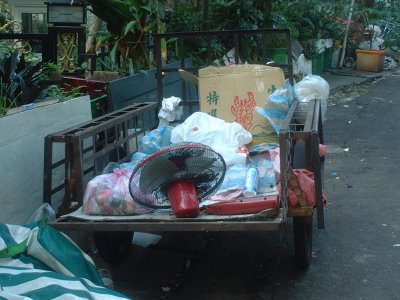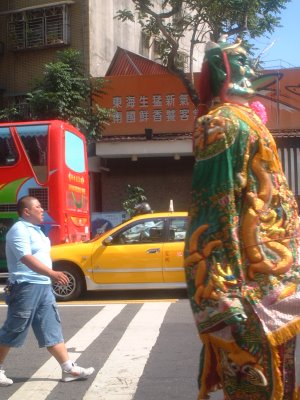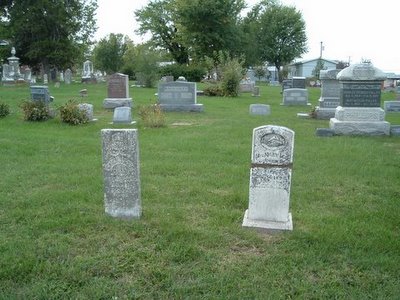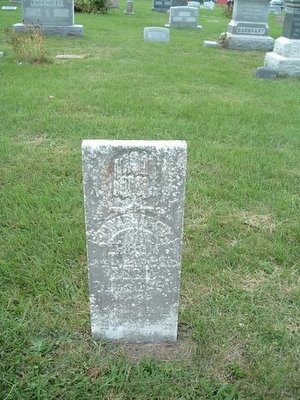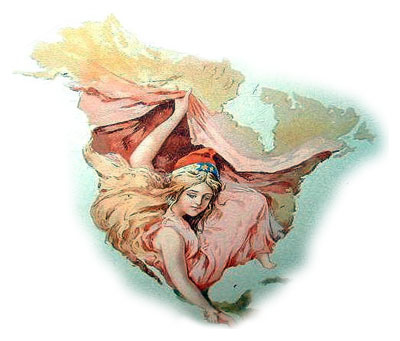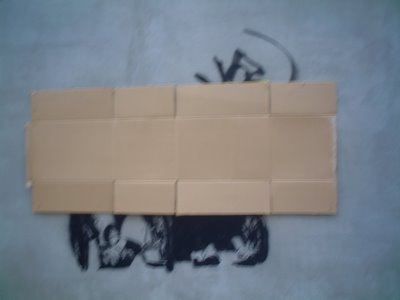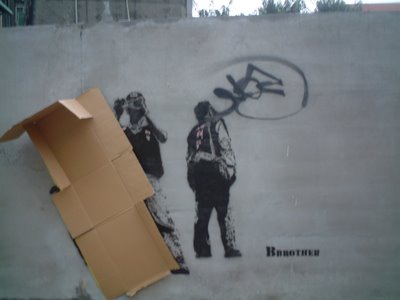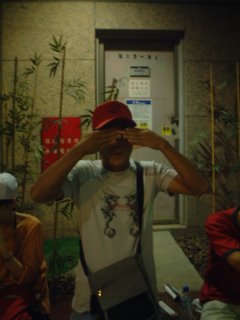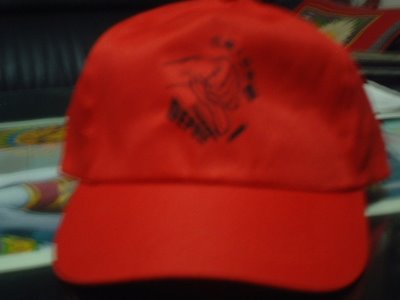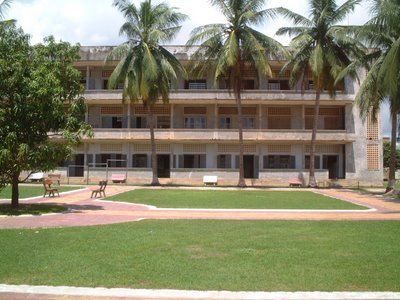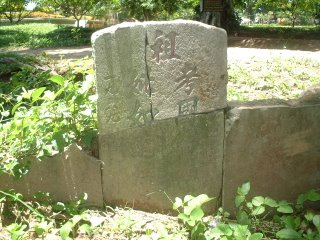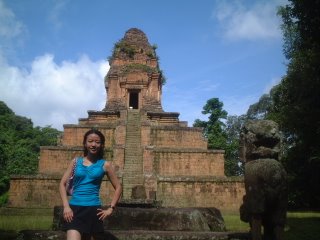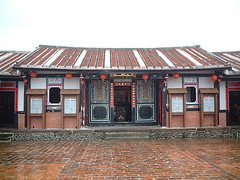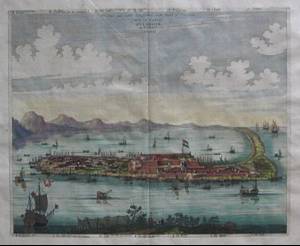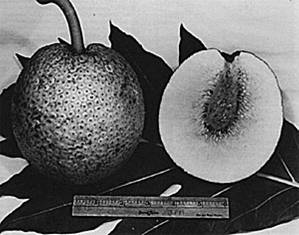I received this very amusing, candid and thoughtful response to a letter I sent to the Taipei Times (editorial Dec. 17, "Foreigners not Welcome" or something like that). I took the guy's name out and replaced it using an XX. With Taiwan's low birthrate (second lowest in the world, I think) and one in six kids now being born to biracial or bicultural families, I wonder who's going to be welcoming whom in the future?
"Hello Patrick,
I read your article about citizenship in the Taipei Times. I truly appreciate your points of view. As a matter of fact, I am a Taiwanese, but raised elsewhere since a baby and I happen to have two wives: one Latin american wife and another Taiwanese wife. I do not have problems with both known each other since I spend 1/2 of the year in Central America andthe other half back in Taiwan. My kids were born overseas and in Taiwan. My Latin's wives kids are not Taiwanese even [though] they happened to be born in Taiwan, while my Taiwan's wife kids were born in Costa Rica and they are "Taiwanese." Then, I studied myself and I realized that I have been three people inside myself when we grow up overseas: Taiwanese – Costa Rican – American (where I studied for many years and got my PHD. In Nuclear Physics ). My American me tells me that you are definitely right and laws regarding immigration should change. My Costa Rican me tells me that Costa Rica is the best country in the world, why would we care about citizenship is Taiguan? Where's Taiguan?”My Taiwanese me tells me to shove your criminal fingers in your ass and get out of Taiwan since you are no really welcomed. Greetings, XX"
Actually, I don't give a crap whether I am welcomed or not (I think for the most part, once I get past bureaucrats, that I am). I never said I expected naked women to put grapes in my mouth either. I'm staying here because I like it here and because I want to.
"Hello Patrick,
I read your article about citizenship in the Taipei Times. I truly appreciate your points of view. As a matter of fact, I am a Taiwanese, but raised elsewhere since a baby and I happen to have two wives: one Latin american wife and another Taiwanese wife. I do not have problems with both known each other since I spend 1/2 of the year in Central America andthe other half back in Taiwan. My kids were born overseas and in Taiwan. My Latin's wives kids are not Taiwanese even [though] they happened to be born in Taiwan, while my Taiwan's wife kids were born in Costa Rica and they are "Taiwanese." Then, I studied myself and I realized that I have been three people inside myself when we grow up overseas: Taiwanese – Costa Rican – American (where I studied for many years and got my PHD. In Nuclear Physics ). My American me tells me that you are definitely right and laws regarding immigration should change. My Costa Rican me tells me that Costa Rica is the best country in the world, why would we care about citizenship is Taiguan? Where's Taiguan?”My Taiwanese me tells me to shove your criminal fingers in your ass and get out of Taiwan since you are no really welcomed. Greetings, XX"
Actually, I don't give a crap whether I am welcomed or not (I think for the most part, once I get past bureaucrats, that I am). I never said I expected naked women to put grapes in my mouth either. I'm staying here because I like it here and because I want to.









